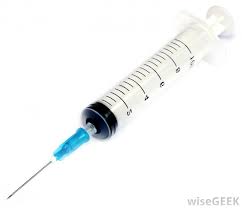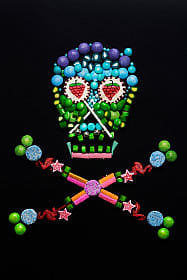Leaky Gut & Diabetes by Terry Ryan

Nearly 26 million Americans have either Type I or Type II diabetes at a cost of more the $245 billion annually. The American Diabetes Association estimates that by 2050, as many as 1 in 3 American adults will have diabetes. While the majority of diabetes research, publicity, and health care dollars focus on Type 2 diabetes and […]
The End of The 30 Day Juice Challenge

I have completed the 30 Day Juice Challenge and wanted to give you my personal review. It wasn’t hard and became routine so I give it a 10 on the easy scale. Let me add that I work from home so it is easy for me to prep and prepare juicing at my leisure. It […]
What the Heck is Diabetes?

What the heck is diabetes? Yes, I’m sure you have heard of it…and that it’s increasing. My endocrinologist’s office is filled with patients with Type 1 and 2 diabetes making it difficult for us thyroid sufferer to make an appointment. Okay, that’s only slightly true but according to JAMA over 44 million now considered obese […]
Karen’s Story-It wasn’t About Losing Weight

I love Karen. She has always been a great friend and we have known each other since high school and we even went to the same college. After all these years, we have kept in touch. Karen is a real beauty; close to 6 ft tall with dark hair and perfect features she could have […]
White Poison-Sugar!
5 Clues You Are Addicted to Sugar Are You Addicted? by Mark Hyman, MD Most of us have felt the urge, the unstoppable craving driving us to seek out something sweet and devour it in a flash. That uncontrollable yen for cookies, cake or ice cream or that whole basket of bread calling to us to […]